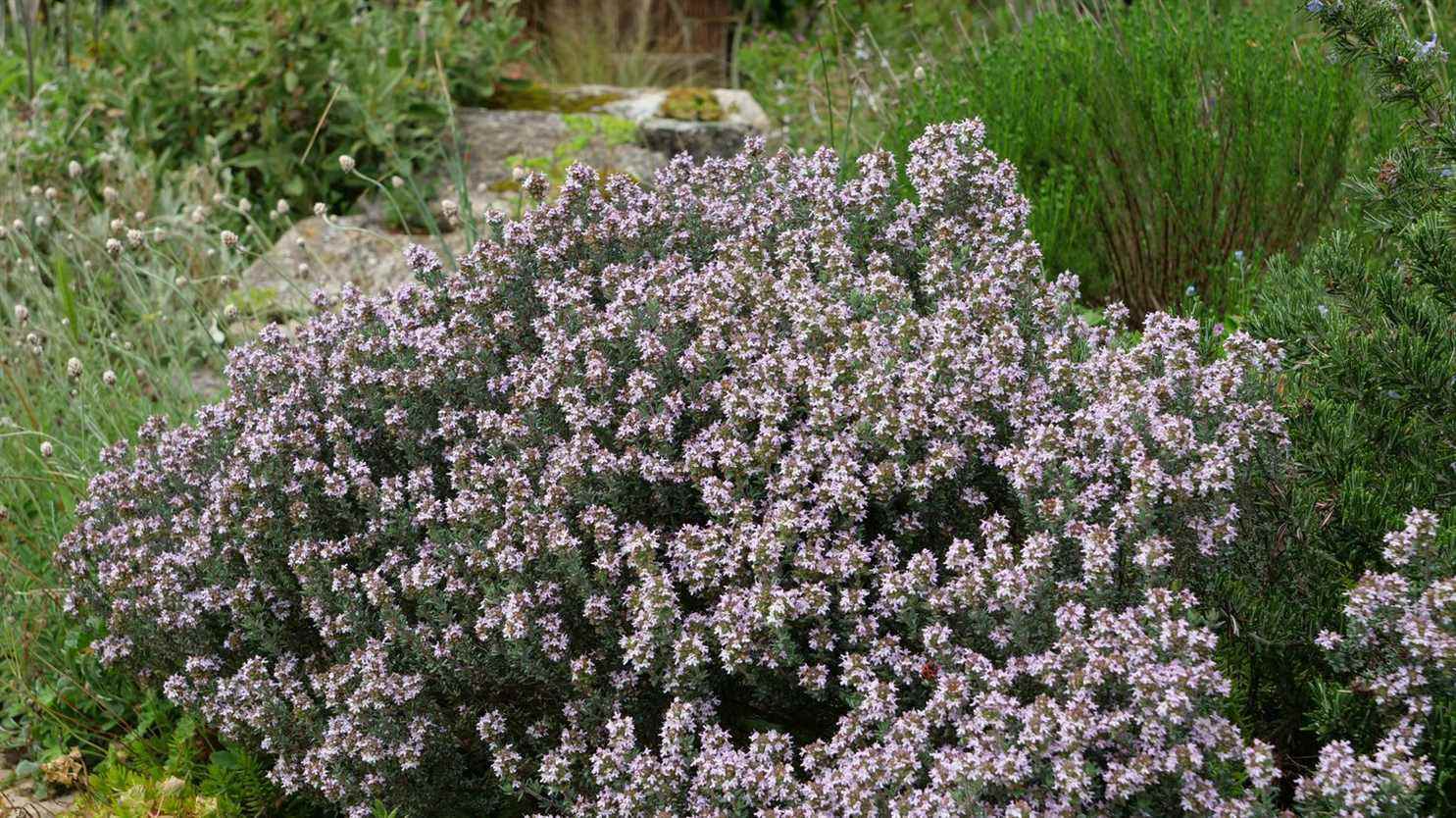Thyme is one of the easiest herbs to grow. And as it is a perennial plant, not chilly, you can have it in the garden or in a pot all year round.
There are many species and varieties of thyme, with various aromas and different flower colors. All fit very well in the kitchen and this quality delights the nurseryman – gourmet – Jean-Marc Parra: “I do a lot of cooking with thyme. Cooking without thyme is dull cooking for a Mediterranean. But I also like to use it to make herbal teas, infusions and liqueurs.”

“Cooking without thyme is dull!”
Jean-Marc Parraat franceinfo
Thyme enhances the dishes; it is essential for bouquets garni. It can also be made into infusions, especially with lemon thyme (Thymus citriodorus). This lemon thyme quickly forms pretty carpets, its purple flowers last a long time and a few leaves in a sorbet, that changes everything!
There is also orange-scented thyme (Thymus ‘Fragrantissimus’) that Jean-Marc Parra cultivates in his nursery Ah! the farm of flavors:
“It smells very strongly of orange. It is found almost everywhere, especially in the south-east. It has two particularities. The first is its smell of orange, but also its fine taste of thyme. The second : its leaf remains tender and soft, and it is appreciable for people who suffer from stomach pain.
When it blooms, it is covered with pink flowers which can be made into liqueurs that have both the taste of thyme and the scent of orange.”

All thymes grow well in calcareous, drained soil to prevent the plant from rotting in winter. If you grow it in a pot, don’t forget to water it in summer and place it in partial shade.
These tips are also valid for Corsican thyme with a strong aroma of cumin (Thymus herba barona) or for the wild thyme (Thymus serpyllum) which is called farigoule, in Provence: “It is called farigoule in Provence. Its taste is strong. It is a species that flowers enormously in nature. It forms large blue-purple carpets and it is very aromatic.”

Thyme is a generous plant that should not be hesitated to use only as an ornamental plant.
The low-lying species and varieties flower as much as the others, and find their place well on the edge or in the foreground of a massif.
